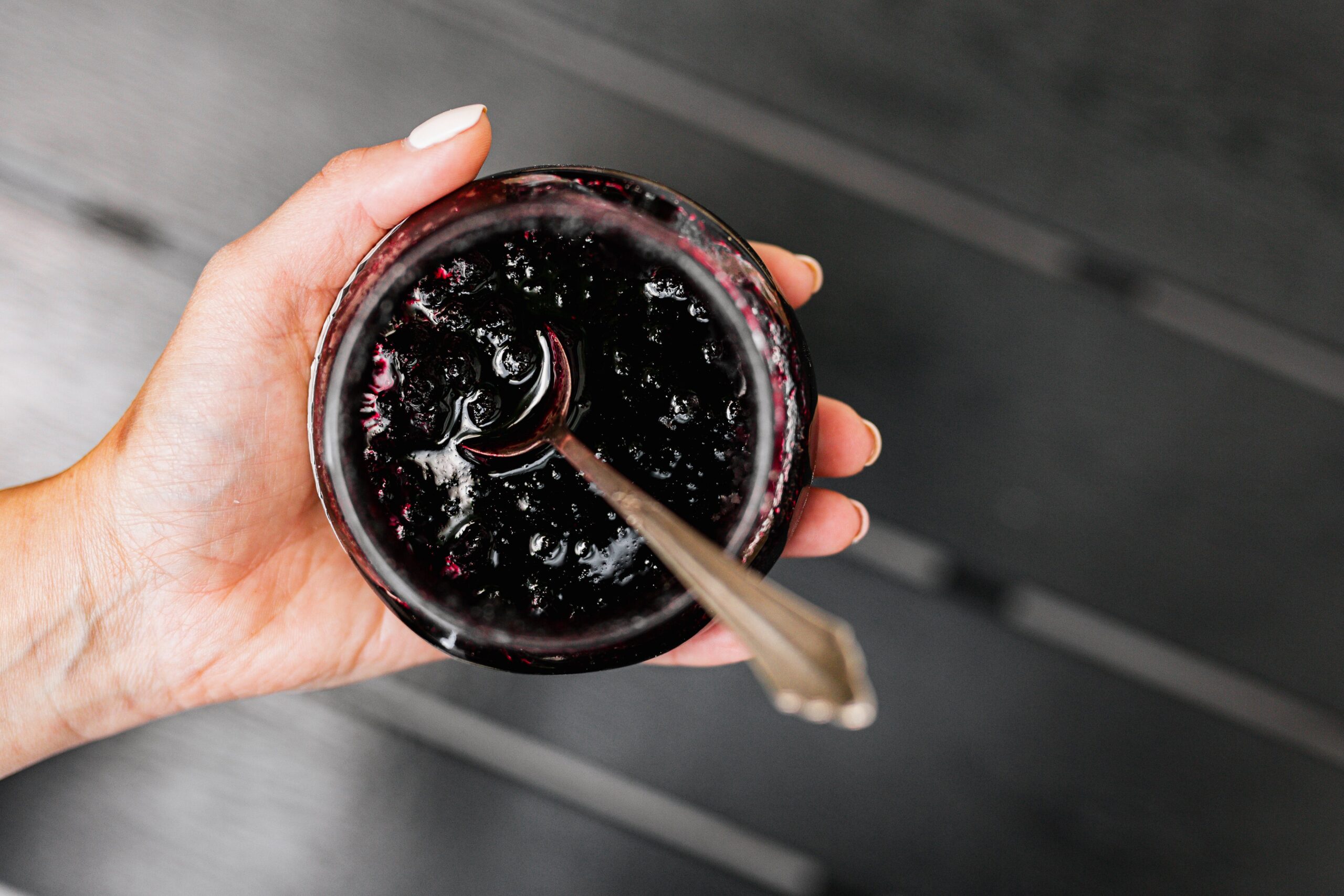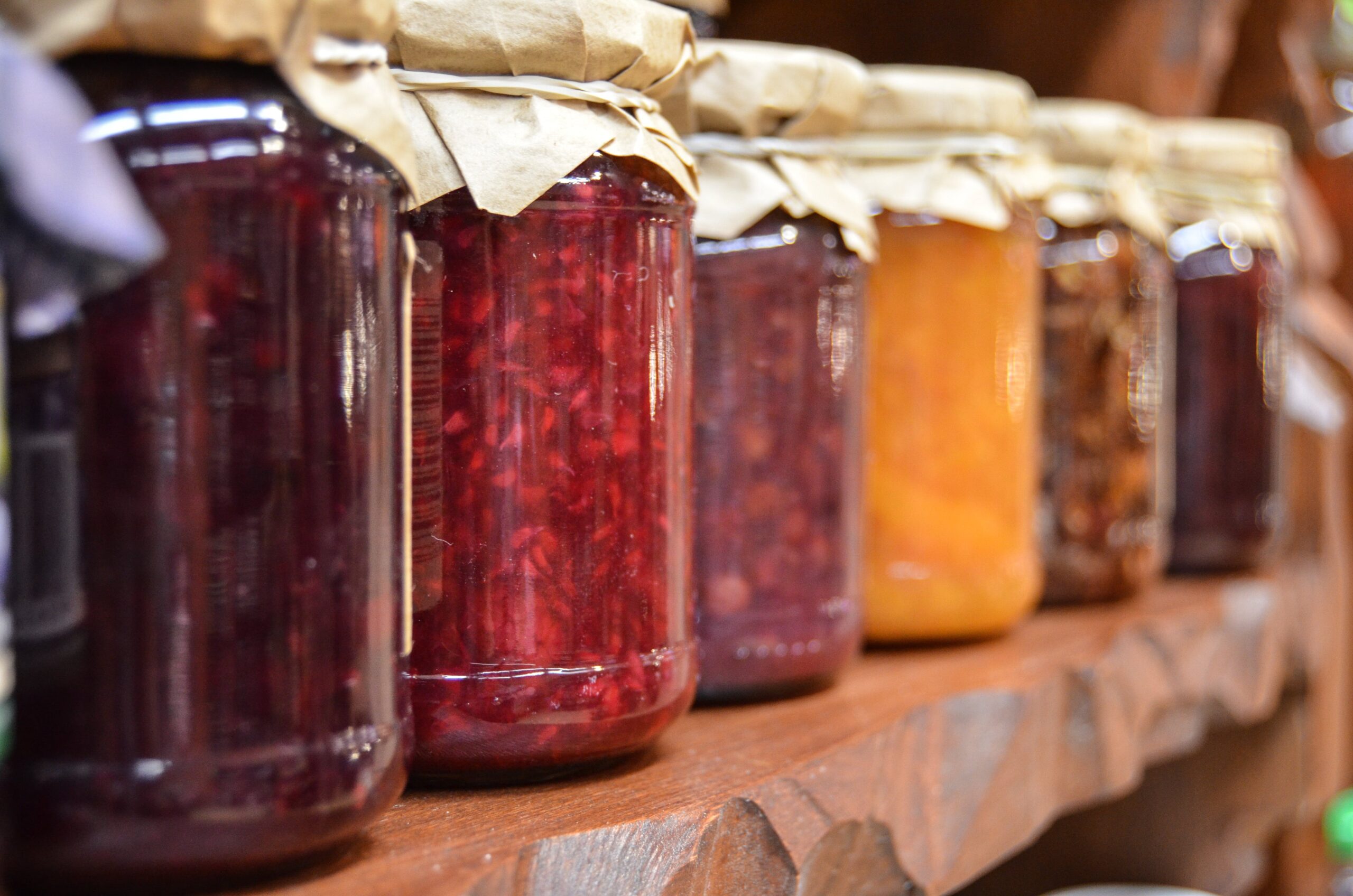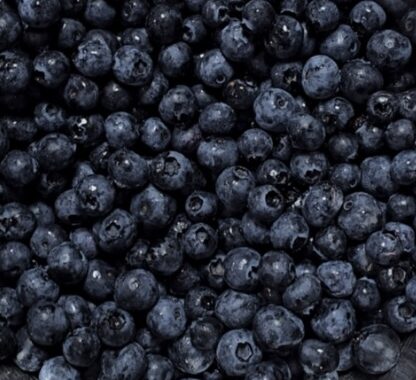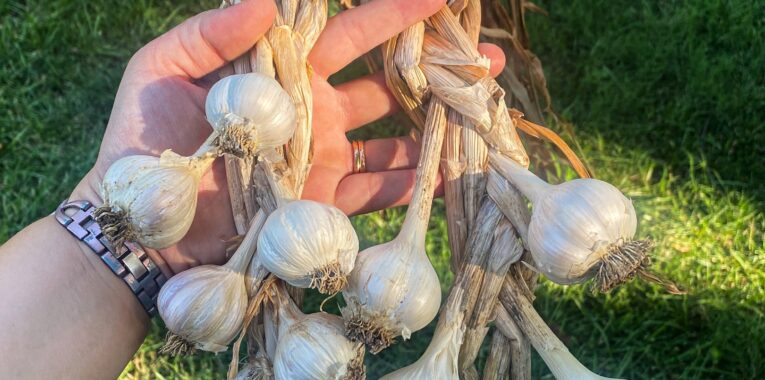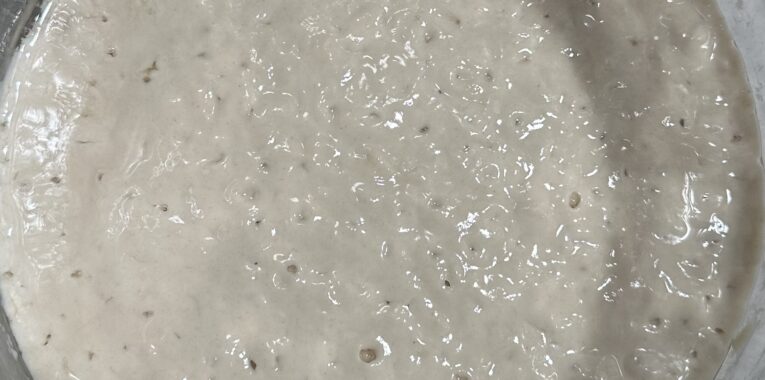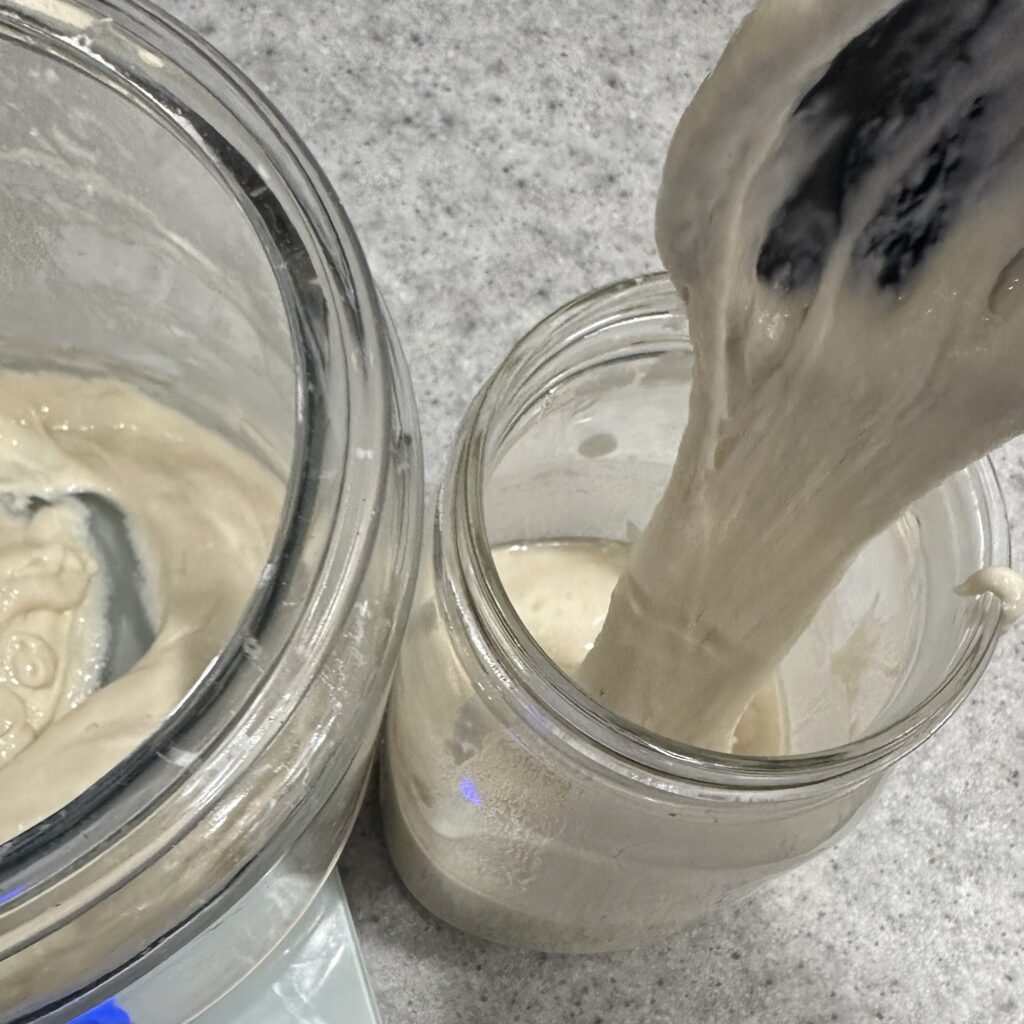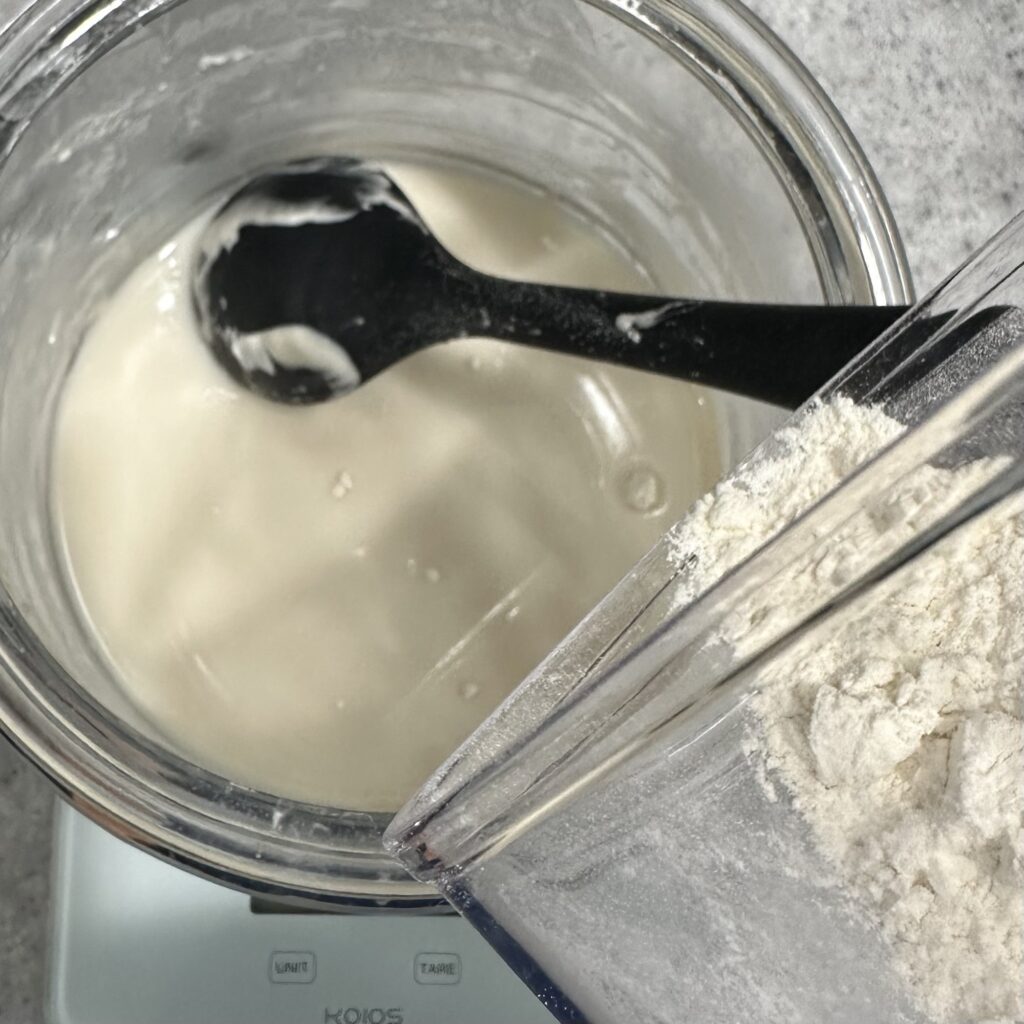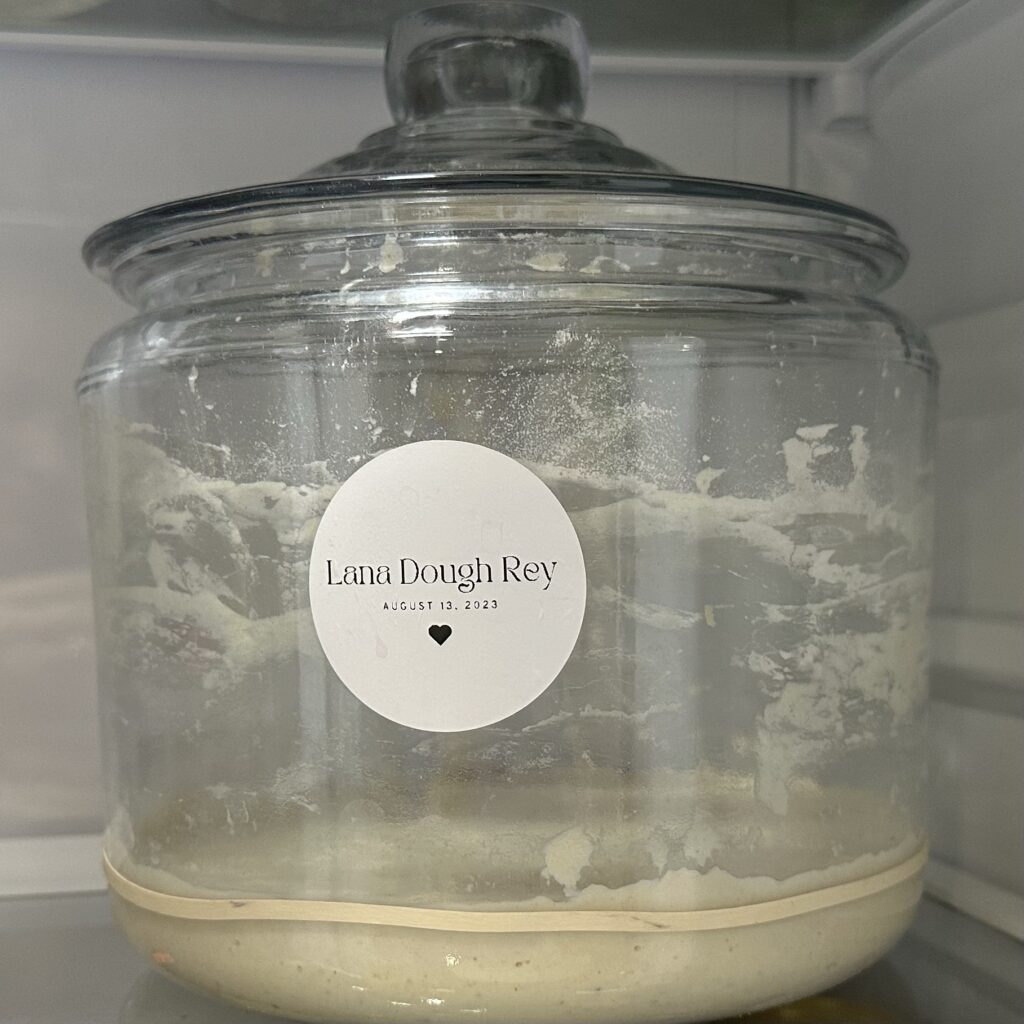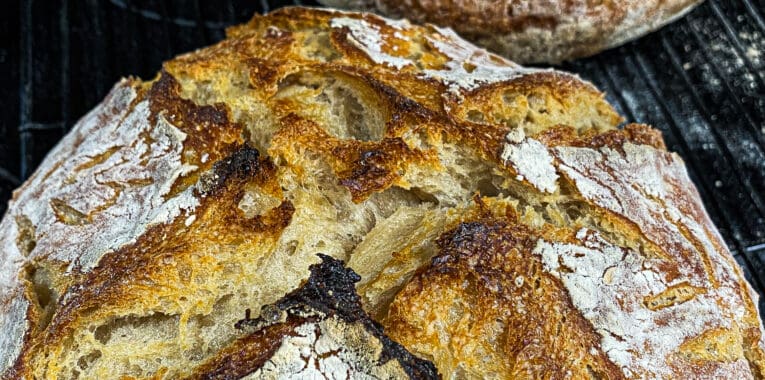We’ve all been there… We’ve all had the best intentions of meal prepping or eating healthier and then either never started or only used half the veggies we bought. The rest sat in the refrigerator until they were either going bad or were beyond the point of saving, and we had to throw them out. Well, I have the perfect solution for how to use up veggies that will not only save time later but will help you eat healthier too!
You can use these to make my staple “chicken” noodle soup recipe or this delicious curry soup!
As an Amazon Affiliate, I earn from qualifying purchases.
Soup Mix Bags
When my celery is starting to wilt and my mushrooms have been sitting in the refrigerator way too long, I gather all of the vegetables in my refrigerator, take out my food processor, and get to work making soup mix bags! It only takes a few minutes, and then I have bags of vegetables ready to pull out of the freezer any time I’m hungry for soup. If you don’t have a food processor, you can cut your vegetables by hand. It will just take a little longer.
Items Needed to Make Soup Mix Bags
You don’t need anything fancy to make these soup mix bags, but there are a couple of items that make creating these soup mix bags much easier!
First, I love reducing waste by utilizing reusable, resealable freezer bags. These are my favorite!
I also recommend these stands that hold reusable or disposable freezer bags open so you can fill them more easily!
This is the food processor I use as well. It has an 8-cup capacity and is a great option on a budget!
What Vegetables Work?
The great news is that these soup mix bags are customizable to what you like to eat in your soup and what you happen to have in your refrigerator! My favorite combination just contains the staples I use in almost every soup I make–carrots, celery, bell peppers, onion, garlic, and mushrooms.
Below is a comprehensive list of vegetables that freeze well and that you could include in your soup mix bags:
- Carrots
- Celery
- Bell peppers
- Onions
- Mushrooms
- Corn
- Broccoli
- Zucchini
- Green beans
Vegetables With Special Preparation
Mushrooms will need to be fully cooked before freezing, while zucchini and green beans will all need to be blanched.
Instructions
- Wash all vegetables and peel the vegetables that need peeled.
- If any vegetables require special preparation, like pre-cooking or blanching, complete that preparation and set the vegetables aside to cool.
- Using a food processor with the slicing plate attached, slice the remaining vegetables you would like to use in your soup mix bags.
- Evenly divide the vegetables into reusable sandwich bags.
- Store in freezer for 4-6 months.
- When you’re ready to cook, simply take bag out of freezer and dump vegetables into hot pan.
- Allow to thaw and then cook to desired doneness.
- Continue with soup recipe.

